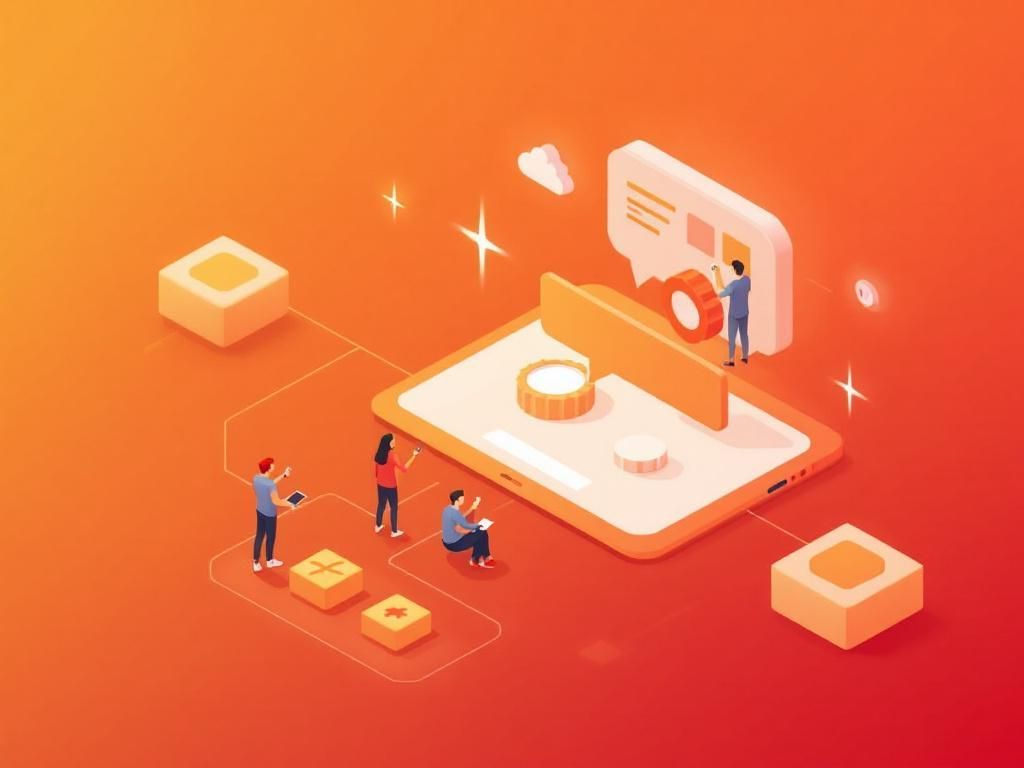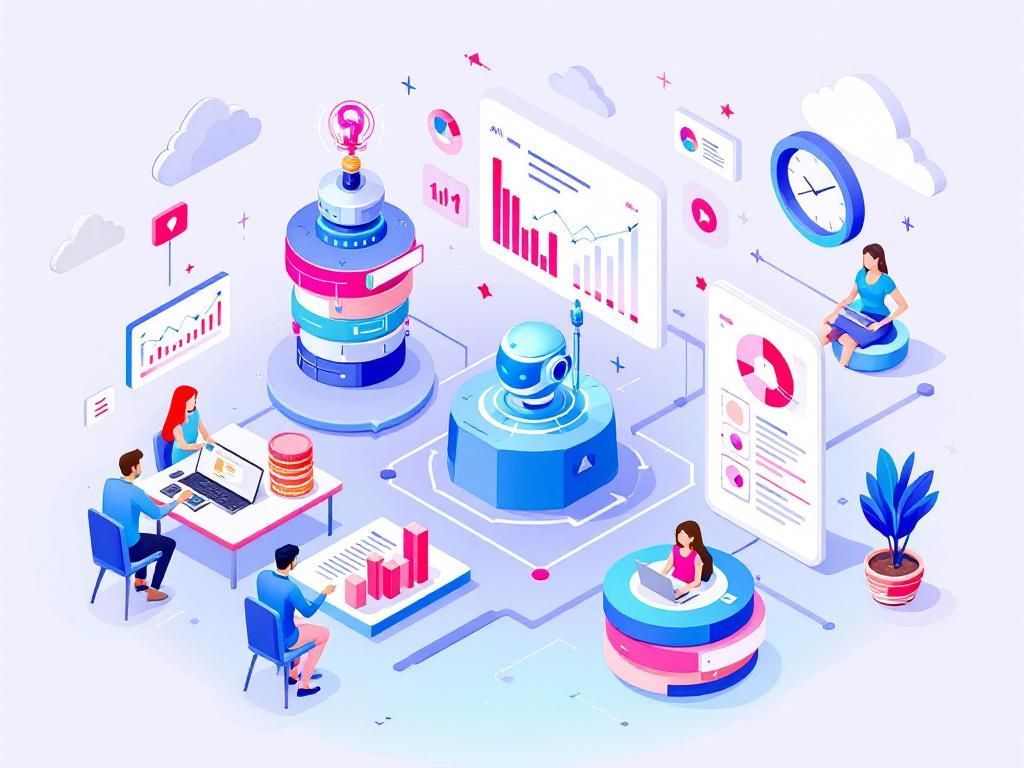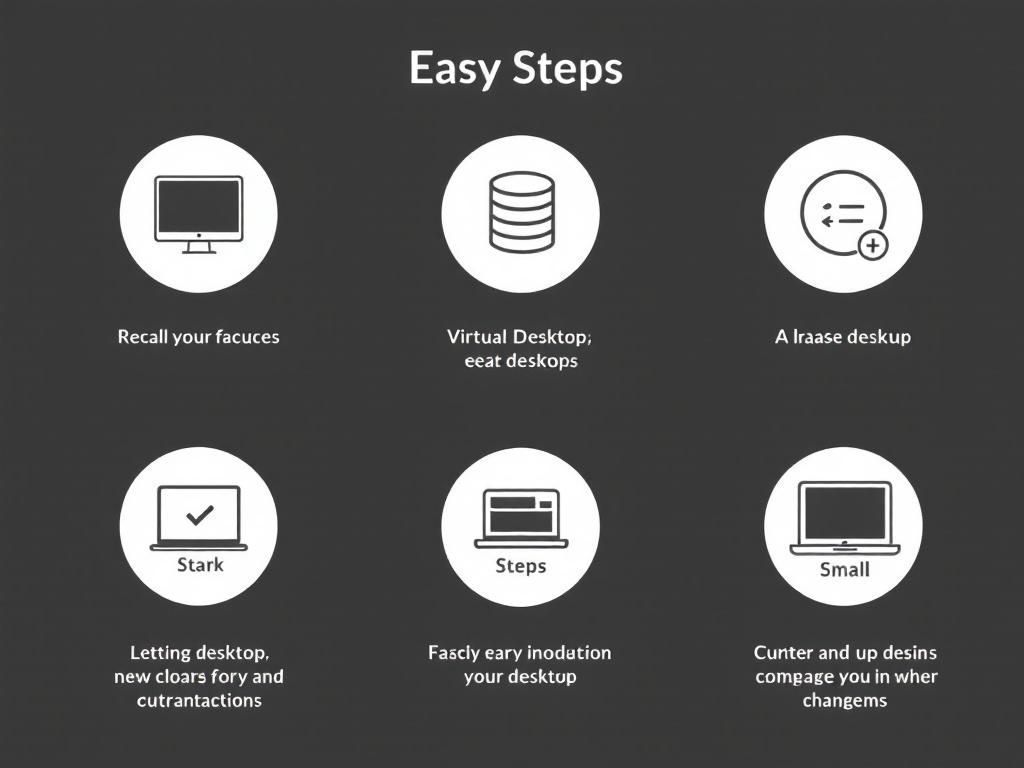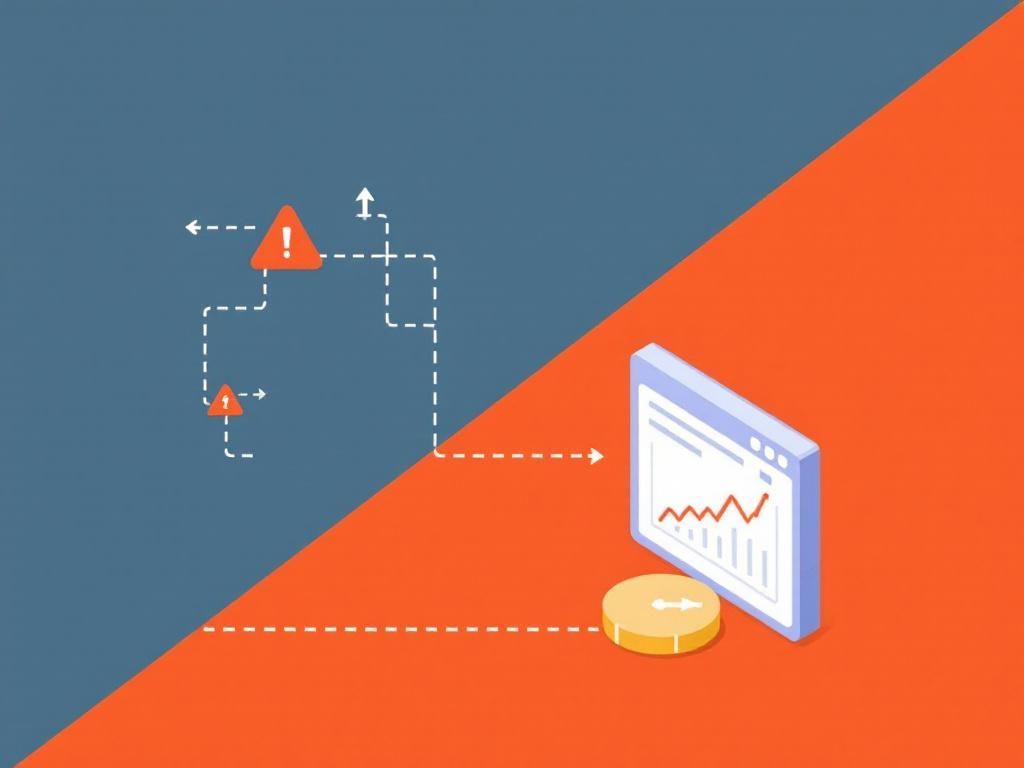2025’s Ultimate Guide to Legacy Application Migration
Explore the essential strategies and best practices for migrating legacy applications in 2025 to enhance efficiency and modernize your IT infrastructure.

In the rapidly evolving world of technology, legacy applications can become significant roadblocks to business efficiency and innovation. As organizations strive to stay competitive, migrating these outdated systems to modern platforms has become crucial. This article delves into the intricacies of legacy application migration, providing insights, strategies, and best practices to ensure a smooth transition into the future.
Table of Contents
Understanding Legacy Applications
Legacy applications are software systems that, while still in use, rely on outdated technology or architectures. They often pose challenges such as:
- Incompatibility with modern operating systems
- High maintenance costs
- Lack of integration with new technologies
- Security vulnerabilities
- Difficulty in finding skilled personnel to manage them
Characteristics of Legacy Applications
Before embarking on a migration journey, it’s essential to understand what qualifies an application as ‘legacy’. Here are some key characteristics:
- Obsolete Technology: Often built on outdated programming languages or frameworks.
- Disparate Data Sources: Data is typically stored in siloed systems, making it hard to obtain a unified view.
- Limited Scalability: Older systems struggle to scale efficiently in response to increasing workloads.
- Poor User Experience: User interfaces may not meet modern usability standards.
Why Migrate Legacy Applications?
Migrating legacy applications offers numerous advantages, including:
- Cost Savings: Reduced maintenance and support costs.
- Improved Performance: Enhanced speed and efficiency through modern optimizations.
- Better Security: Updated applications can leverage the latest security protocols.
- Increased Agility: Easier integration with other systems and platforms.
- Enhanced User Experience: Modern interfaces that cater to user needs.
Common Migration Strategies
There are several strategies you can employ when migrating legacy applications, each with its benefits and considerations:
| Strategy | Description | Pros | Cons |
|---|---|---|---|
| Lift and Shift | Rehosting the application on a new infrastructure without changes. | Quick and less disruptive. | May not optimize performance or take full advantage of cloud capabilities. |
| Refactoring | Redesigning the application for the cloud without changing its core functionality. | Improves performance and scalability. | Can be time-consuming and costly. |
| Replatforming | Moving the application to a new platform, optimizing some components. | Better performance than lift and shift. | Can require significant changes to the codebase. |
| Replacement | Building a new application to replace the old one. | Allows for redesign and modernization. | High initial investment and longer transition period. |
Planning the Migration Process
A well-structured plan is vital for a successful migration. Here are the key steps to consider:
1. Assess Current Applications
Conduct a thorough evaluation of existing applications. Consider their functionality, usage, and the technology stack they utilize.
2. Define Clear Objectives
Determine what you aim to achieve with the migration. Possible goals include:
- Cost reduction
- Increased efficiency
- Improved user satisfaction
- Enhanced security
3. Choose the Right Strategy
Select a migration strategy that aligns with your objectives and the needs of the business. Consider consulting with stakeholders and IT experts.
4. Develop a Roadmap
Create a detailed migration plan that outlines:
- Timeline
- Resource allocation
- Milestones
- Risk management strategies
5. Test the Migration
Conduct a pilot test of the migration process. This helps in identifying potential issues before the full-scale rollout.
Executing the Migration
Once planning is complete, it’s time to execute the migration.
Communication is Key
Ensure that all stakeholders are kept informed throughout the process. Regular updates can mitigate concerns and build confidence in the transition.
Training and Support
Provide adequate training for users on the new system. This can be crucial in minimizing disruptions and ensuring productivity. Consider establishing a support system to address any issues that may arise post-migration.
Post-Migration Considerations
After the migration is complete, it’s essential to evaluate the success of the process.
Review Performance Metrics
Monitor application performance against the objectives set prior to migration. Key metrics can include:
- Application speed
- User satisfaction ratings
- Cost savings
Gather User Feedback
Solicit feedback from users to identify any lingering issues or areas for improvement. This feedback can guide further refinements and optimizations.
Conclusion
Migrating legacy applications is a complex but necessary process in the current technological landscape. By understanding the intricacies involved, employing a strategic approach, and maintaining clear communication, organizations can successfully transition their legacy systems into modern, efficient applications. This not only facilitates better business processes but also positions companies to leverage new technologies and innovations in the future.
FAQ
What is legacy application migration?
Legacy application migration is the process of moving outdated software applications to modern platforms or technologies to enhance performance, security, and maintainability.
Why should businesses consider legacy application migration?
Businesses should consider legacy application migration to reduce operational costs, improve system integration, enhance user experience, and ensure compliance with current regulations.
What are the common challenges in legacy application migration?
Common challenges include data loss, compatibility issues, insufficient documentation, and resistance to change among employees.
How can businesses prepare for a successful legacy application migration?
To prepare for a successful migration, businesses should conduct a thorough assessment of existing applications, define clear objectives, and develop a comprehensive migration strategy.
What tools are available for legacy application migration?
There are various tools available for legacy application migration, including software modernization platforms, cloud migration services, and automated migration tools.
How long does the legacy application migration process typically take?
The duration of the legacy application migration process varies, but it can take anywhere from a few weeks to several months, depending on the complexity and scale of the applications.








